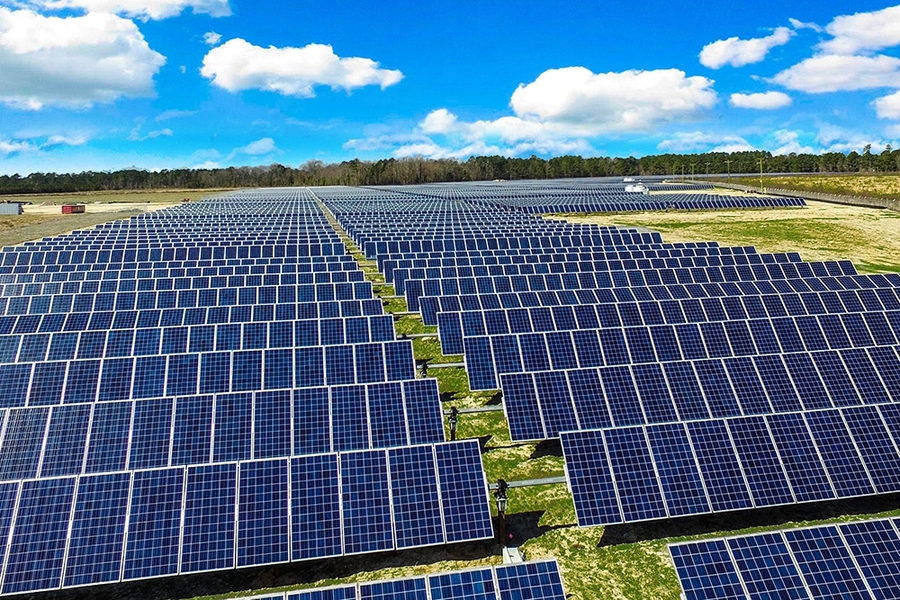Going solar is an exciting journey for any homeowner, and with increasing energy costs and environmental awareness, it’s more relevant than ever. However, transitioning your home to solar power involves more than just a desire to reduce utility bills or carbon footprints. It requires careful planning, understanding of various components, and navigating through financial incentives and local regulations. This blog post aims to guide you through these complexities and help you make the most informed decisions on your solar power journey.
In this ultimate guide, we will explore five critical aspects of home solar systems: system sizing, financial considerations, technology selection, installation tips, and maintenance practices. By delving into these topics, you’ll gain a comprehensive view of what it takes to effectively harness the power of the sun and transform your home into a beacon of sustainability and efficiency.
Understanding Solar System Sizing
One of the first steps in installing a home solar system is determining the right size. System size influences not only the cost but also the potential energy output. Too small a system might not meet your energy needs, while an excessively large one could overspend unnecessarily. Generally, sizing is based on your average electricity usage which can be found on past utility bills. There are useful online tools and resources that breakdown these needs accurately. For more detailed information on calculating your specific needs, please visit https://www.ecomena.org/what-size-solar-system-do-i-need-for-my-home/.
Furthermore, factors such as geographic location, roof size and orientation, possible shading from trees or other buildings should be considered to optimizing the sunlight capture. Professional assessments typically include site visits which can bring clarity and detail tailored to your particular context.

Financial Considerations
Purchasing a solar system is a significant investment. Fortunately, there are various financial options available to homeowners. These include outright purchases, loans, leases, and power purchase agreements (PPAs). Each has its own set of benefits and drawbacks when it comes to upfront cost, ownership responsibilities, and potential savings. For instance, though outright purchases require higher initial investment they often yield greater long-term savings compared to leasing arrangements where you pay a fixed monthly fee for the solar generated electricity.
In addition to financing options, numerous government incentives can help reduce the overall cost. These might include federal tax credits, state rebates, and net metering policies which allow you to sell excess electricity back to the grid. Keeping abreast with these incentives and actively seeking them can substantially lower investment costs and improve financial returns.
Choosing Solar Technology
The choice of solar technology impacts both performance and cost of your solar system. The most commonly used photovoltaic (PV) technologies in residential settings are monocrystalline and polycrystalline silicon panels. Monocrystalline panels are more efficient but also more expensive than polycrystalline panels which may require more space due to their lower efficiency rates. Recently, thin-film technology has made advances in terms of price and flexibility but typically isn’t as durable or efficient.
Beyond panel types, components like inverters which convert DC output into AC usable by home appliances also play a crucial role in system performance. String inverters are common but microinverters provide advantages in efficiency especially in partially shaded conditions.
Installation Tips
The successful installation of a solar power system largely depends on choosing the right installer. Certified professionals who adhere to national standards can potentially offer both safe installations and valuable insights based on their experience with similar homes or conditions like yours. When selecting an installer consider checking their certification, reviews from prior clients, guarantee policies and their approach towards after-installation services.
Moreover, apprise yourself with any local codes or permits needed before installation begins. Your installer typically handles this aspect but having prior knowledge can facilitate smoother project execution.
Maintenance Practices
Maintaining your solar panels ensures maximum efficiency over their lifetime which can extend beyond 25 years! Fortunately, solar systems generally require minimal maintenance given there are no moving parts involved in their operation—a seasonal cleaning may suffice most operational needs; however annual inspections by qualified personnel are advisable to check for any potential issues such as dirt accumulation or wear-and-tear damages that could impede performance.
Additionally, monitoring systems can be installed alongside your PV array allowing you to view real-time production data which aids in quick detection of anomalies thus preventing prolonged downtimes.
In conclusion, transitioning your home to use solar energy is indeed promising but involves careful consideration across multiple fronts—from assessing proper system size to efficient maintenance practices thereafter. Each step along this path can either enhance or diminish the performance and financial benefit derived from going solar. By armed with knowledge and seeking professional aid when required anyone can implement a successful solar power solution at home.
Remeber this guide outlines basic steps and considerations associated with building a robust home solar system but seeking personalized professional advice always helps tailor solutions specifically suited for individual needs ensuring optimal design decisions are made—towards sustainability and resilience.

